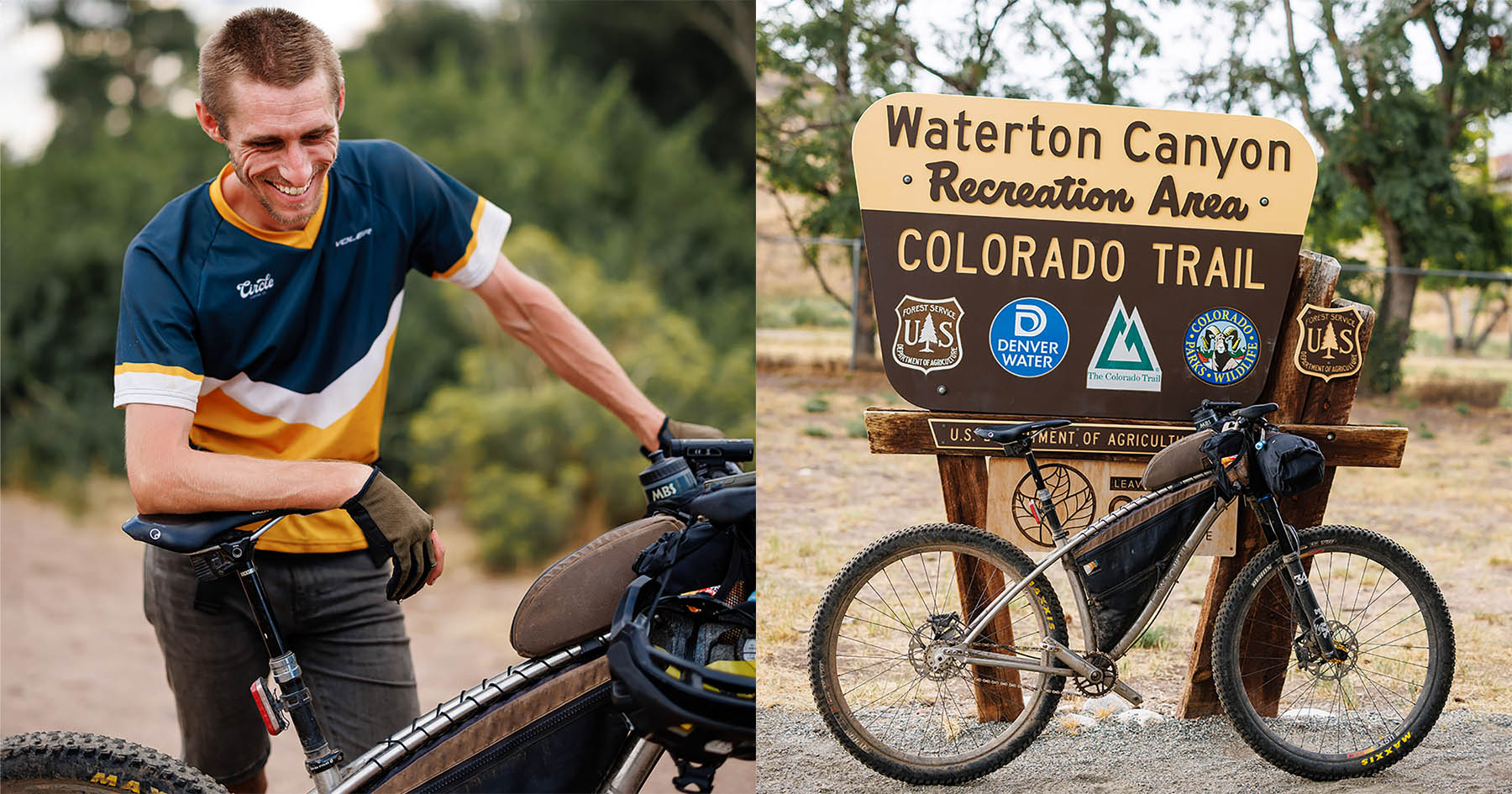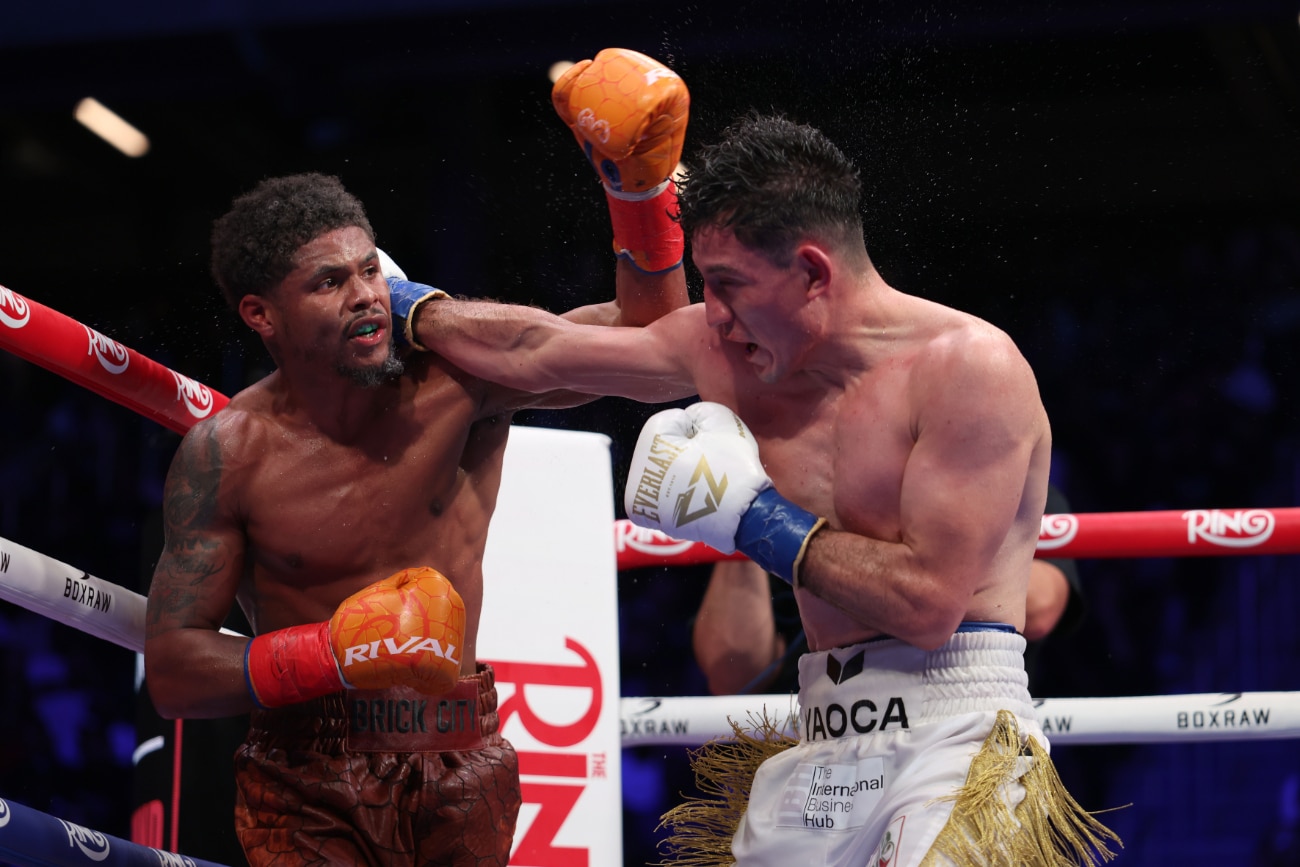PROTECT YOUR DNA WITH QUANTUM TECHNOLOGY
Orgo-Life the new way to the future Advertising by Adpathway Charles LeClaire-Imagn Images
Charles LeClaire-Imagn ImagesBraxton Ashcraft is aiming to join the Pittsburgh Pirates rotation, hopefully as soon as next season. For now, the 25-year-old right-hander is putting up impressive numbers while being used prudently in his first taste of major league action. Since debuting in late May, Ashcraft has made 23 appearances — all but six of which have come out of the bullpen — while logging a 2.47 ERA and a 2.85 FIP over 58 1/3 innings. Moreover, he’s allowed just 49 hits, only two of which have left the yard.
His previous lack of durability is the reason behind the caution. When our 2025 Pirates Top Prospects list came out in the spring — Ashcraft was no. 2 with a 50 FV — Eric Longenhagen wrote that “injuries are an inescapable aspect of Ashcraft’s profile due to his history and the violent nature of his delivery.” Drafted 51st overall in 2018 out of Waco, Texas’ Robinson High School, the righty entered the year having thrown just 235 professional innings, including a career-high 73 frames a year ago. Counting his time in the minors, he is up to 106 2/3 in the current campaign.
His stuff is clearly plus, and not just because his heater averages 96.9 mph. The best of Ashcraft’s five pitches is his slider, which he’s thrown 32.6% of the time to the tune of a .202 batting average allowed and a 30.7% whiff rate. Delivered at 91.8 mph, it was aptly referred to by our lead prospect analyst as the talented young hurler’s bread and butter.
Ashcraft discussed his repertoire, including the angle that makes his pitches so effective, when the Pirates visited Fenway Park at the end of August.
———
David Laurila: When I talked to him back in February, Bubba Chandler said that you and he are similar in some respects. Do you agree?
Braxton Ashcraft: “In a lot of ways, yes. I think what drives a lot of our success is leveraging counts. His fastball is a lot different than mine in terms of the perception of hitters; his extension is longer than mine, and obviously the velo is a little bit higher. So is the vert. It’s just a different fastball, one that is pretty unique.
“My fastball is more contingent on where I put it, and having both the four-seam and the two-seam, hitters have to honor two different pitch shapes. So in that respect we’re different. More than anything, it’s our being able to leverage counts, getting ahead, winning 1-1 counts, winning counts in general. That creates a lot of success for us. It opens a lot of space for our breaking balls.
“My curveball and slider — I feel like he would attest to this as well — are a little bit… I’m not going to say better, but a little more shapely. That’s because of the angles I create. Metrically, our sliders are actually pretty similar, but the angle that I create is unique. Everybody is unique in the things they do, and the perception of the hitter makes pitches appear to do different things. I crossfire a little bit, whereas he is a little more over the top, which plays into his carry. With the crossfire and the release height, my slider has more perceived horizontal movement. My curveball is also a little bigger than his. Again, the angles play a big part in the differences.”
Laurila: In terms of your repertoire specifically, is your two-seamer or your four-seamer the better pitch?
Ashcraft: “It depends on the day. It also depends on what hitters are asking. If I’m facing a lineup that is stacking a lot of lefties, I’m not going to… I’m not going to say ‘not gonna,’ but I roll back the usage of the two-seam, because my four-seam plays better to lefties, and conversely to righties. So it’s situational. Some days the four-seam might not have as much hop as it normally does, and that’s when you lean on the two-seam to get groundballs. That’s where having two different fastballs creates more variability, which is a good thing.”
Laurila: Is your two-seamer just that, or is it more of a sinker?
Ashcraft: “Probably more of a sinker. It’s pretty much exactly the inverse to what my four-seam is metrically. My four-seam has 18 inches of ride and nine inches of horizontal movement. The sinker, the two-seam — whatever you want to call it — is, again, almost the inverse of that. It creates a different look for hitters.”
Laurila: What is your best pitch?
Ashcraft: “The slider. It’s not the most crazy metric pitch you’ve ever seen. It profiles probably more as a cutter, but with the angle I create — again, my release height and kind of a high crossfire — it has the perception of turning left pretty hard, even though it’s really more like a gyro or a cutter-slider.”
Laurila: When did you learn the “why” of its effectiveness?
Ashcraft: “I had Tommy John surgery in 2021, and through the whole rehab process I was around some guys who have been around the game for a long time. From them, I started to get a better idea as to why pitches play the way they do, and how to utilize that to maximize what you have, what you’re able to do with the baseball to get the most success. For me, a lot of it was, ‘OK, this is how my body wants to throw.’
“I’m an athletic guy, and I’m not going to try and force my way into a certain mechanical thought process. I’m going to let my body stack and do what it wants to do to get itself in the position to throw the baseball hard, repeatedly, and effectively. Doing that, my arm kind of climbed up a little bit and I started crossfiring a touch. It wasn’t super intentional or super extreme. From there, it was learning that the angles I create from the first base side of the rubber are more effective than from the third base side.”
Laurila: This all happened while you were coming back from TJ?
Ashcraft: “Yes, as I was going through all the rehab for my elbow. Another part of it is having had a shoulder injury in 2019 — I had my left shoulder repaired — and I was really slinging. I was really rotational, because I couldn’t get my left arm up higher than [the shoulder]. I got that fixed, and then we lost 2020 to COVID, but I started to figure some things out. The velo jumped up a little bit. Then I tore the meniscus in my right knee. I was going pretty good in 2021, but then blew out. So, it was kind of that gradual progress of getting healthy, maturing physically, and being able to create leverage in different positions, in more compact positions.
“After TJ, going through the rehab, and through the physical maturity process, I got stronger, got a little bigger, got a little heavier. I began creating more force down the mound by being more compact in a direct way. I was landing a little bit closed, kind of just turning around my front leg. That’s where my arm stacked, and kind of how the angles were created.”


 5 hours ago
1
5 hours ago
1





![[Ken Rosenthal] Orioles plan to expand front office, hire new GM under Mike Elias](https://external-preview.redd.it/lTscUWqv6pSL07ZgFxrPiXSGr1llluj7AT6bYpf14Ds.jpeg?width=640&crop=smart&auto=webp&s=e94af029d2736fd2aacd8a126ec2a0c2364388c3)











 English (US) ·
English (US) ·  French (CA) ·
French (CA) ·